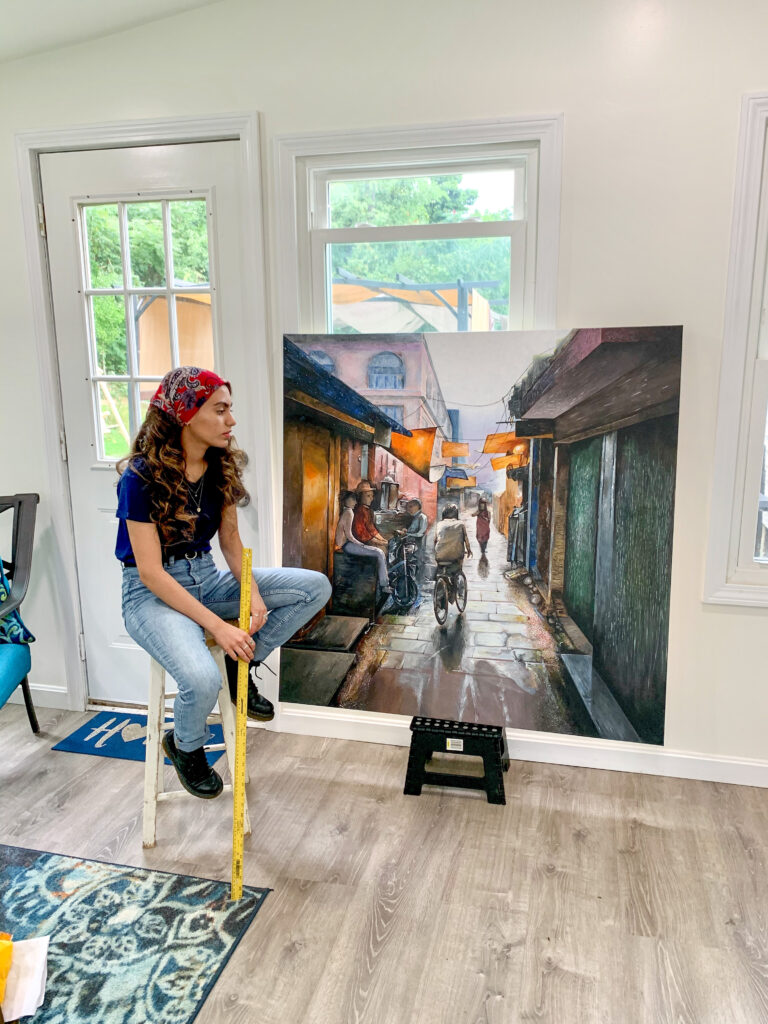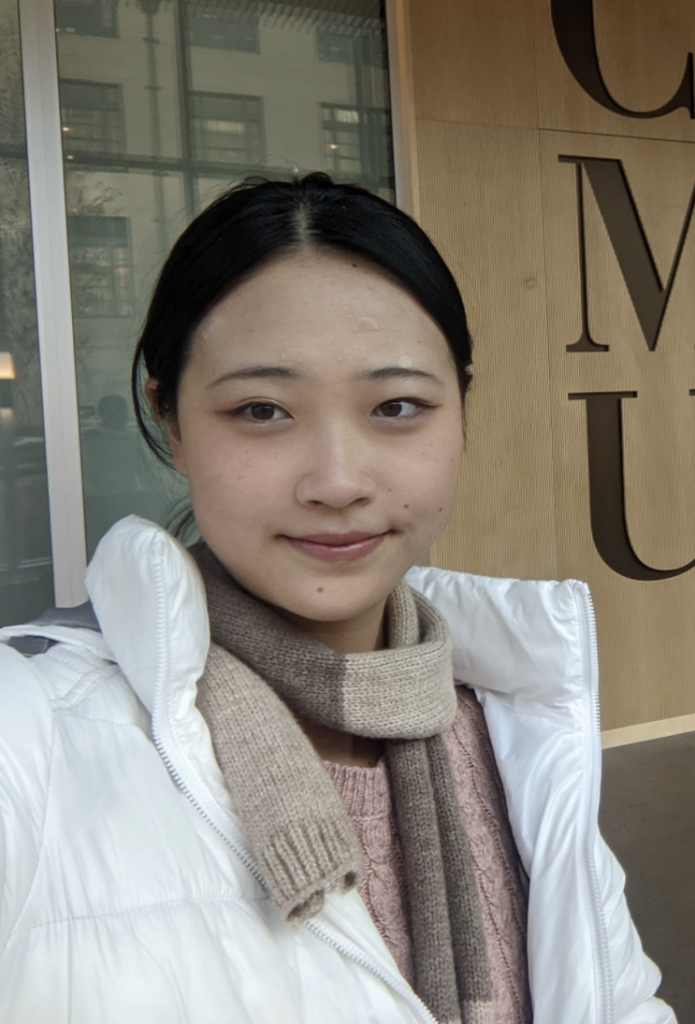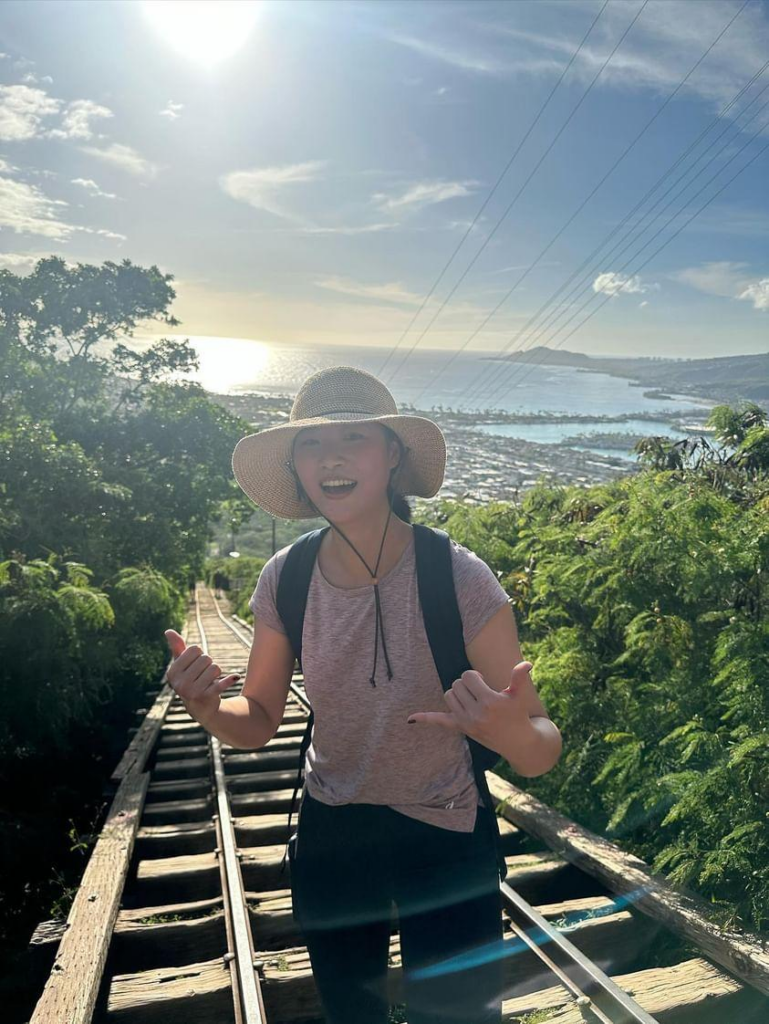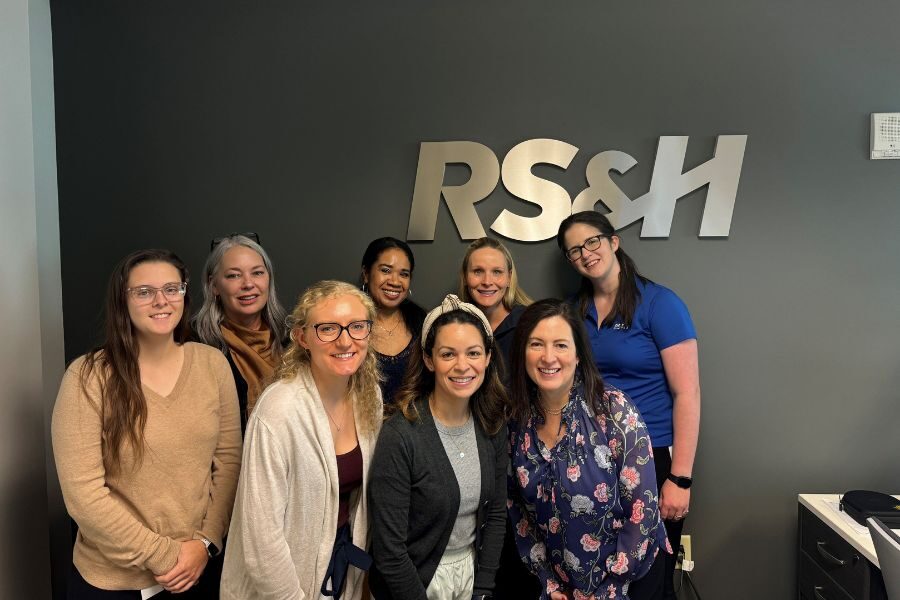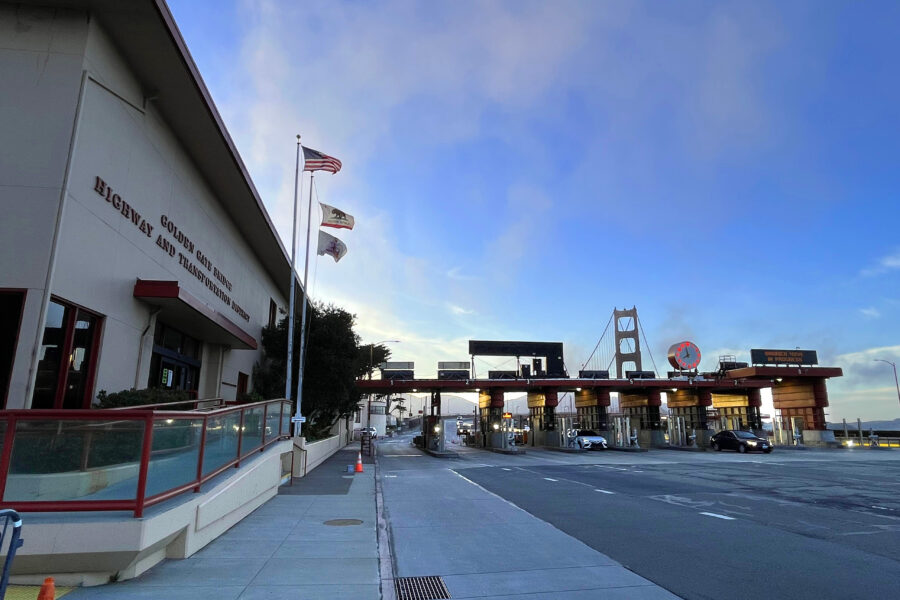RS&H Scholars Program Supports Next Generation of Bright Minds

Investing in the next generation of bright minds is essential in a world where innovation is the driving force behind progress. RS&H understands the pivotal role education plays in shaping the future, which is why we encourage continuous growth within our associates through avenues such as on-demand training and instructor-led training.
In early 2021, RS&H launched our Scholars Program – a scholarship, fellowship, and internship program dedicated to supporting education and advancing the next generation of aspiring A/E/C professionals. RS&H has partnered with organizations nationwide to award scholarships to students ready to make a difference in the world.
For the 2023-2024 academic year, the Society of Women Engineers awarded over 330 scholarships to women in engineering to help achieve their goals. One of these was the RS&H-funded scholarship awarded to Fatimah Wattar, a civil engineering graduate student from Worcester Polytechnic Institute.
Carnegie Mellon freshman Silvia Kim was awarded the RS&H-funded Diversity Advancement Scholarship through the Architects Foundation. Kim will receive a yearly scholarship for the next five years, supporting her journey toward graduating with a master’s degree in architecture.
Wattar and Kim gave us a little insight into what drives them and their vision for the future.
Fatimah Wattar
What inspired you to pursue a career in engineering?
Growing up in Kuwait when I was younger, I was always fascinated by the greatness of buildings and the sky-high structures around me. Nonetheless, my father has been an incredible role model for me growing up since he worked in both design and construction in Baghdad and Kuwait. Seeing the work that he did and how passionate he is about the industry and its importance, especially in Baghdad, really inspired me to learn more about it. His willingness to sit down and talk to me about general mechanics, architecture, urban planning, and more topics in civil engineering made me gain more perspective on the industry and sparked questions that can only be fully answered through education and experience.
What specific areas within engineering are you most passionate about?
I am most passionate about structural engineering and sustainable urban development. I have always wanted to enter this field because it is what influences living standards around the world and the environment in which people choose to be. Structural engineering is necessary to develop buildings and establishments, and those developments make up a significant part of people’s environment and what they can work on or accomplish in their lifetime. I was born in Baghdad, Iraq, and growing up, I noticed how a destroyed city can truly impact the psyche of a society. Seeing buildings and towns that were torn apart by war really pushed me to study the design of structures and urban environments so that my own environment is ruined one way or another. I can help rebuild it. This is because all aspects of human progression start with housing security and a community. When a community is negatively affected, it can cause a ripple effect during which other parts of a functioning society can fall. Devastations, whether from natural disasters or political tensions, impact the structure of facilities and housing and thus impact the overall environment and the people in it.
How do you envision your role as an engineer contributing to your community and society?
After gaining experience in structural design, I hope to work on projects related to education (K-12 and university level), health care, and residential. School environments with proper infrastructures are crucial in students’ learning outcomes and careers. Additionally, investing in more residential development is significant in addressing various housing shortages nationwide.
How do you foresee emerging technologies such as artificial intelligence, virtual reality, or augmented reality influencing the engineering field in the coming years?
Emerging technologies such as artificial intelligence and virtual reality can help the field of engineering in the future. In civil engineering, AI can be used to detect conflicts in construction regarding MEP, electrical, and structural elements. It can also help teams with budgeting, risk assessment, and safety on-site. Moreover, using artificial intelligence and robots in the field can help in the inspection and maintenance of facilities. For example, AI can help teams perform bridge inspections underwater, and can help in maintaining conditions of nuclear plants that generate electricity.
What is your goal/hope for the future of your career?
Following years of experience working in design and construction, I hope to work on global development projects to address the needs of other communities following natural disasters or political upheavals. At Worcester Polytechnic Institute, I have worked on a couple of projects that were focused on issues outside of the United States, and that is something I want to continue working on after gaining more engineering knowledge.
Silvia Kim
What inspired you to pursue a degree/career in architecture?
I’ve always had a passion for storytelling through visual arts and often spent my free time drafting settings for my characters to interact with. Architecture achieves a similar goal of curating the user experience through a narrative. A huge part of my interest stems from my belief that the built environment is the most immersive storytelling device there is. I learned in college that the formal term is “phenomenology,” and I appreciate the emphasis on experiential design in architecture school to explore this concept further.
How do you envision your role as an architect contributing to your community and society?
I’ve learned that design has bias, as it is a series of decisions taken through the lens of the designer as a reference. Each choice of who to cater for and who to exclude is based on personal reference and assumption. Taking the time to step into the shoes of an existing community and becoming involved can bring awareness to existing biases and prevent the chance of exclusionary design to empower communities instead. In my period as a student, the design process I most enjoyed was site visits and familiarizing myself with the character, culture, and history of a community. As an aspiring architect, I want to become a better listener and a mediator within the community. Architecture can play a part in breaking up and displacing community identity, so I am working towards recognizing this in my actions and becoming more educated in the actions I can take to alleviate this problem throughout my career.
How do you plan to design buildings and spaces adaptable to changing societal needs, technological advancements, and environmental conditions?
Growing up in Hawaii, I’ve been exposed to the tourism industry, both its effects on displacing the existing local community and the degradation of the environment. I want to explore democratization of the design process, including the residents as an active participant in the design process and acknowledging existing resources and values to create a design that responds to their needs, instead of a “one size fits all” approach. I hope to be part of creating urban environments that can also alleviate the environmental degradation associated with tourism displacement and increase inclusivity and community involvement in general.
What strategies do you see as being most effective in addressing environmental concerns and promoting eco-friendly architecture?
I am interested in the idea of materials in promoting eco-friendly architecture, as they are the crucial component of the design and building process. But sourcing and destroying them in linear construction cycles generates a significant amount of waste and drains natural resources. I think circular economies implemented in building materials through deconstruction does the job of uplifting the local community while decreasing footprint, as deconstruction recovers materials when a building is considered “end of life” and recycles it for new projects to fulfill the cradle-to-cradle process. Biomaterials such as Adobe are especially useful in this process as it is easier to break down and remake. It honors the craftsmanship, materials, and stories of the original building, provides opportunities for green jobs, promotes small businesses, and builds a more equitable workforce from increased job opportunities. I look forward to my school’s coming studios, where I see students playing with this concept by creating their own biomaterials, hands dirty from molding, and multiple iterations on their desks from learning hands-on about different kinds of materials and their properties.
What is your overarching goal/hope for the future of your career in architecture?
I’ve considered related fields of architecture, such as urban planning, and particularly educational design, such as schools or universities. Through my experience as a camp counselor, teaching aide, and recently a volunteer to teach sustainability at elementary schools in college, I believe in the significance of education and its learning spaces in shaping the goals of future generations.
These scholarships not only acknowledge academic excellence, but also aim to inspire and empower young individuals to pursue careers in areas crucial to the A/E/C industry’s growth and development. By investing in their education, RS&H hopes to cultivate a new generation of A/E/C leaders who will drive progress and help create a brighter, more connected future.
Congratulations to Wattar and Kim, we foresee a bright future for you both.


